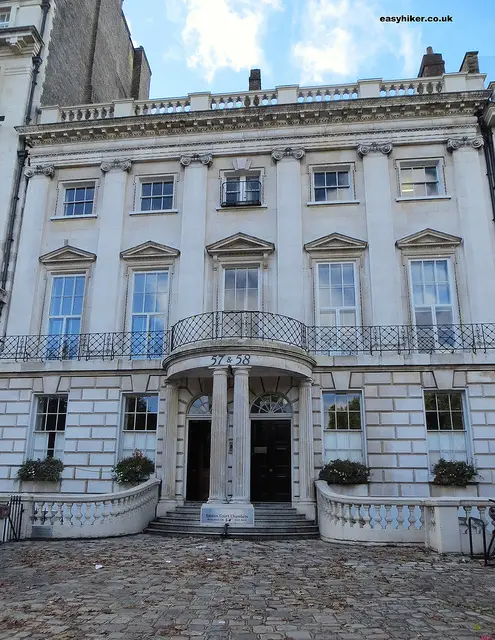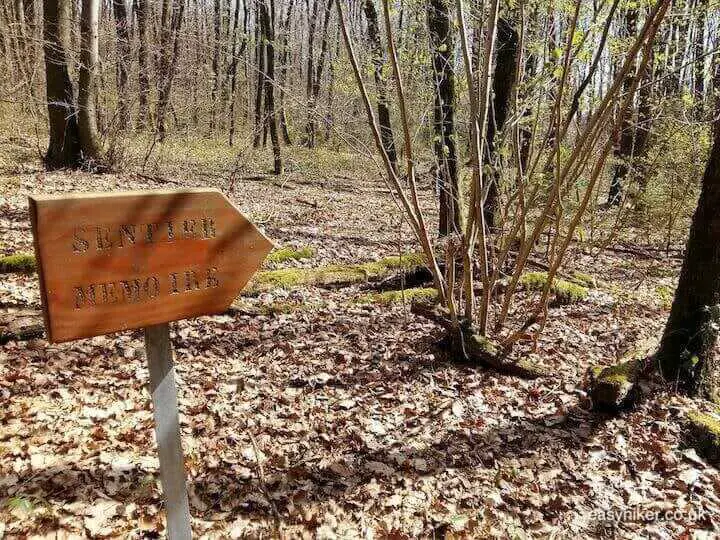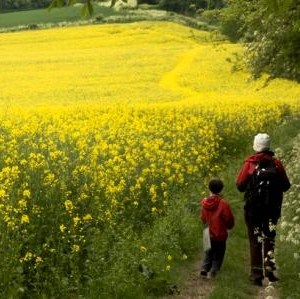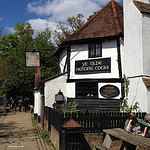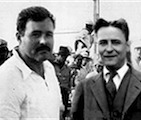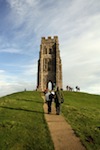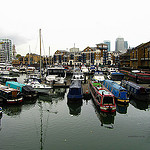Themed London Walks
Walking London with Charles Dickens
Charles Dickens was the greatest urban walker of all times. By which I mean to say that he was not only the most famous, that goes almost without saying, but also second-to-none in terms of proficiency and stamina.
He roamed through the streets of London for four or five hours every night (usually from midnight to dawn as was his routine) at a pace that made it difficult for his occasional companions to keep track.
One night in 1857, he walked all the way from central London to his home in Higham, Kent: a distance of more than 30 miles.
Which is why no collection of urban walks – and we have done quite a few over the last 2 years – would be complete without one or two in the master’s honour.
Strangely, however, there seems to be little or no connection between these nightly walks and the novels of the man, no apparent way in which the ones may have influenced or informed the other. (Although he did write about his urban ecapades, dedicating a 1861 essay to these Night Walks and incorporating the article into The Uncommercial Traveller.)
Dickens’s novels, conversely, concentrate almost exclusively on streets and neighbourhoods to which he had a deeper emotional relationship, mainly on those which he connected with experiences from his traumatic youth.
In our two walks, we will visit two areas in East London that are associated with different periods in Dickens’s life. Both these areas have changed considerably over the past 150 years while at the same time preserving much of their original character – unlike many of the places in West London where young Master Dickens lived and worked, and which bear virtually no traces of their past selves.
Today, we will concentrate on that part of London which lies to the immediate west of the City, between Bloomsbury and the Thames, also known as “legal London”.
We start walking London with Charles Dickens at Holborn, in the back of the tube station with the same name.
London is always changing, sometimes slowly, sometimes (as in the past 20 or 30 years) at breakneck speed, and it is useful to remember that the age of Dickens – the “high Victorian” decades between 1850 and 1870 – was equally a period of transformation, the age of industrialisation, the railways and massive migration. Many of Dickens’s older protagonists, meanwhile, would have remembered a different city.
In Bleak House, for example, Snagsby tells his apprentices when “a brook as clear as crystal” ran down Holborn. Although it’s worth pointing out that he himself had not seen and only heard others talk about it, so we may assume that this is Dickens’s way of spoofing a nostalgia for a past that only ever existed in myth. (He is, after all, a more modern and relevant author than some people believe.)
Still, there are parts of London that have an almost rural feel to them. Lincoln’s Inn Fields – on the left hand side of Kingsway if you walk down in the direction of the Thames – is such an area.
Look for no. 58, the home of Charles Forster, Dickens’s good friend and first biographer, which is believed to have served as the inspiration for Mr. Tulkinghorn’s office block in Bleak House.
This is also where Dickens first experimented with public readings of his books, something he later perfected to great effect in the US.
In the novel, the building is described as “formerly a large house, a house of state, let off in chambers now” i.e. separated into lawyers’ offices, and Dickens then continues: “In those shrunken fragments of its greatness, lawyers lie like maggots in nuts.”
Most of the sights on today’s walk are associated with the Law, one of Dickens’s true obsessions. Lawyers pop up everywhere in his stories, more often than not as villains.
On the far side of Lincolns Inn Fields, you can find the Old Hall, which housed the Court of Chancery in Dickens’s time – this is where the trial of Jarndyce v Jarndyce unfolds, a case that started so long ago that no-one can remember what it was all about.
According to Dickens, this is a court “which so exhausts finances, patience, courage, hope, so overthrows the brain and breaks the heart that there is not an honourable man among its practitioners who would not give the warning ‘suffer any wrong that can be done you rather than come here!’”
Explore the other streets in the immaculately preserved compound for a good impression of how “legal London” would have looked like in the 19th century. Leave through Chancery Lane, turning right and then left into Fleet Street.
Look out for no. 17 on your right hand side: this well-preserved 17th century building once accommodated a rival of Madame Tussaud’s, called Mrs. Salmon’s Waxworks. Dickens himself was fascinated by the place and makes David Copperfield pay a visit.
One exception from the general contempt that Dickens had for lawyers is Sydney Carton, one of the main characters in A Tale of Two Cities (although Carton is a less saintly character in the book than in most screen adaptations, Dickens describing him as weak and full of self-pity).
“Drawing his arm through his own”, Carton leads Charles Darnay “down Ludgate Hill to Fleet Street and up a covered way into a tavern … where Charles Darnay was soon recruiting his strength with a good plain dinner and good wine.”
The tavern is not named, but believed to be Ye Old Cheshire Cheese at no. 145 where Dickens himself was a regular guest. You can find his favourite table in the room on your left when you enter, to the right of the fireplace.
Turn left into Shoe Lane and left again into Little New Street, making your way to (and eventually crossing) Fetter Lane.
Turn right from Cursitor Street into Took’s Court, where “in the shade of Took’s Court, at most times a shady place, Mr. Snagsby has dealt in all sorts of blank forms of legal process.” (from Bleak House.)
Turn left into Furnival Street for more lawyers offices: where the red-brick Prudential Assurance building now stands, there once used to be an entire block of them called Furnival’s Inn.
Dickens, however, accommodates a young architect here in Martin Chuzzlewit, one of the odious Pecksniff’s poor and suffering assistants called John Westlock. “It is a shady quiet place, echoing the footsteps of the stragglers who had business here, and rather monotonous and gloomy on summer evenings.”
Dickens knew what he was writing about: he himself had lived here for a while in the 1830s, working on his debut novel The Pickwick Papers.
(A little off High Holborn, in the buildings now occupied by Gresham College, you can also find what remains of a similar and even more storied building called Barnard’s Inn – this is where Pip & Pocket live in Great Expectations. “I had supposed that establishment to be a hotel kept by Mr. Barnard. Whereas I now found Barnard to be a disembodied spirit, or a fiction, and his inn the dingiest collection of shabby buildings ever squeezed together in a rank corner as a club for Tom-cats.”)
Turn left into Holborn and left again opposite Chancery Lane station to pay a visit to Staple Inn Gardens, a peaceful and tranquil little park which has changed little since the late 16th century when it was created as a recreational space for students from the near-by law colleges.
Staple Inn Gardens puts in several appearance in Dickens’s novels (Snagsby enjoys walking here in Bleak House) but had to wait for its best write-up until the master’s final outing, his unfinished The Mystery of Edwin Drood: “Behind the most ancient part of Holborn, where certain gabled houses some centuries of age still stand looking on the public way, is a little nook called Stapled Inn. It is one of those nooks the turning into which out of the clashing street imparts to the relieved pedestrian the sensation of having put cotton in his ears and velvet soles on his boots.” (That is as true now as it was then.)
Cross High Holborn into Gray’s Inn Road. Somewhere on your right hand side, near Farringdon Road, you would find Saffron Hill – the area where Fagin ran his boys’ club and where you would, on most days, find Bill Sikes brooding over a pint in his local pub, The Three Cripples which has since been renamed as The Three People With Disabilities. (I am only joking, of course. At any rate, Dickens never used the real names for any of the pubs in his stories – which is also why it is so difficult to identify them.)
Turn left into Gray’s Inn Square. This is a big complex of legal offices, some very old (lawyers have been working here since the 1400s) and some relatively new, and it is here where Dickens’s contempt for the legal profession is most likely rooted.
Go to South Square and look for No. 1, the house marked “1759”: this is where Dickens started to work as a legal clerk in 1827, aged 15 – a small step for a young apprentice, perhaps, but a major event in the life of the budding novelist.


